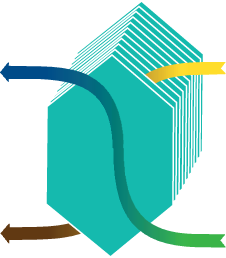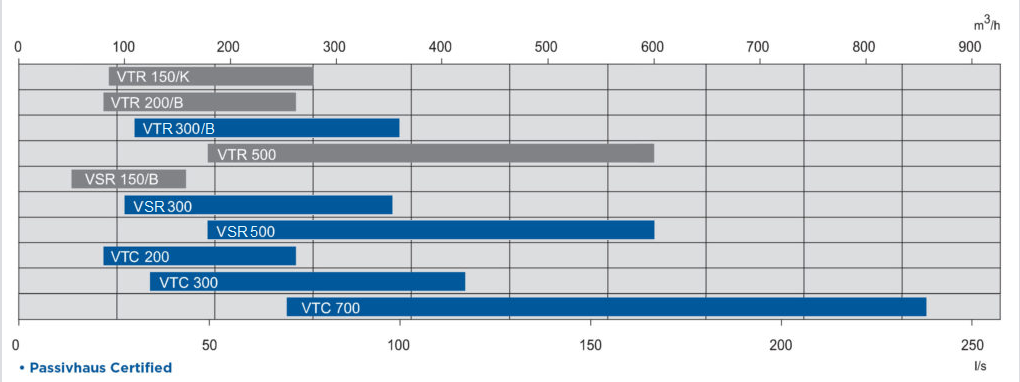
Centralised systems consist of a single main unit, which ventilate all rooms within the thermal envelope via ducting through a roof or floor cavity. Centralised systems are suitable for moving large volumes of air in new buildings, or existing buildings that have ample access to a roof or floor cavity. For more complicated retro-fitting scenarios, decentralised (non-ducted) systems may be more appropriate.
“The US Environmental Protection Agency and its Science Advisory Board have consistently ranked indoor air pollution among the top five environmental risks to public health”
– US EPA (1993) ‘EPA’s Approach & Progress’ in Targeting Indoor Air Pollution
• Don’t let your house trap toxic gases from cleaning chemicals and off-gas/VOC
• Let fresh air in without the noise pollution, dirt & dust from outside
• Ensure safe and healthy indoor air quality with air quality control
• 24 hour fresh, filtered and conditioned air
• Low energy motors cost little to run (EBM-Papst EC motors)
• Easy to install & maintain with fully automatic & user friendly controls
The Systemair-Villavent (SAVE) range of ERV & HRV systems utilise EC motor technology to provide high efficiency, low energy transportation of ventilation air compared to standard AC motor systems. The units automatically switch to summer operation to prevent excess heat recovery during warm weather. This ensures that your property will be comfortably warm or cool every day throughout the year.
The SAVE range of Villavent units are energy exchangers which recover heat and moisture using direct contact, rotating wheel technology. Produced in Sweden and meeting the highest international standards, these units produce high interior air quality with high heat exchange efficiency. Operating from the core values of simplicity and reliability, the Villavent business concept is to develop, manufacture and provide high-quality ventilation products.
An appropriately sized ERV or HRV system will completely recycle a building’s air at least once every two hours without losing valuable heat or coolth. This replaces damp air which accumulates through cooking and water systems with fresh, comfortable filtered air from outside. This helps to keep your home warm and dry which prevents the accumulation of mould. The high- quality filtration system also prevents the ingress of dust, pollen and allergens which can benefit asthma sufferers and provide fresh, filtered air 24/7.
90% Heat Exchange Efficiency
Counter-flow heat exchangers push air flows through parallel plates arranged in a row. The supply air and exhaust air flow alternatively between the fins for maximum energy transfer area without actually mixing the two air flows. Warm air flow transfers its energy via the plate to the cold air flow resulting in the supply air being preheated during the winter months, and excess heat being transferred outside by the exhaust air during the hotter months.
Less humidity transfer with a counter-flow core
As warmer air can hold more water, and counter-flow heat exchangers recover heat but not moisture (i.e. they are HRV units), incoming air being warmed by the heat exchanger will decrease in relative humidity. This can lead to excessive drying of the internal environment. The significance of this phenomenon is reduced slightly due to diffusion of moisture through the fins of the heat exchanger.
Counterflow automatic summer by-pass
The integrated controls automatically open a bypass damper around the counter-flow core during the summer months. This stops the preheating of incoming air to keep your property cool.

Passivhaus certification is provided by the Passive House Institute in Germany to products which meet a rigorous standard of energy efficiency. For ventilation units that recover heat, there are targets of high efficiency, low power usage and low leakage which must be met to receive this certification. They must also be guaranteed to provide comfortable indoor temperatures for outdoor temperatures as low as -10 C. All of the highlighted products in the air-flow table above are certified by the Passive House Institute.
